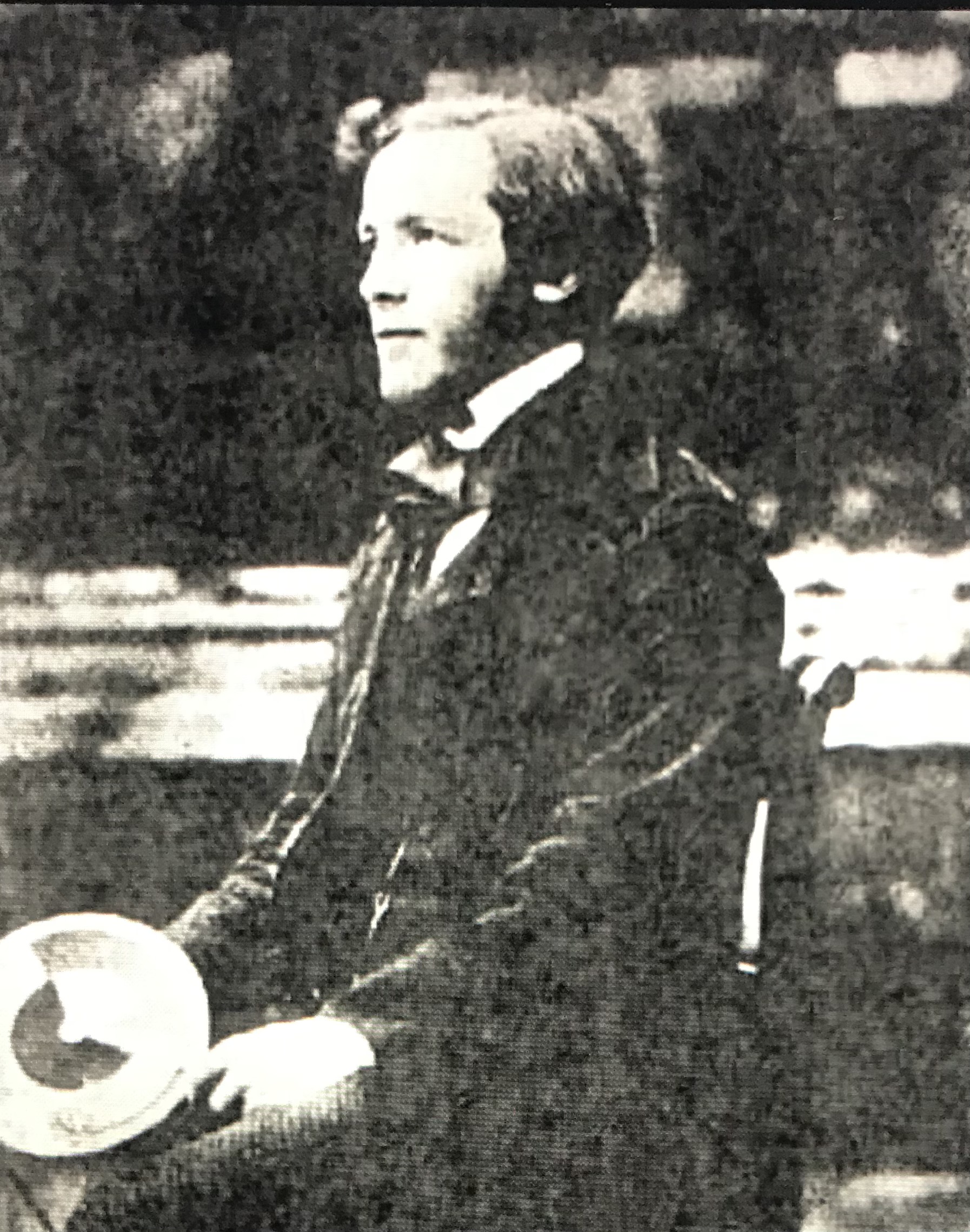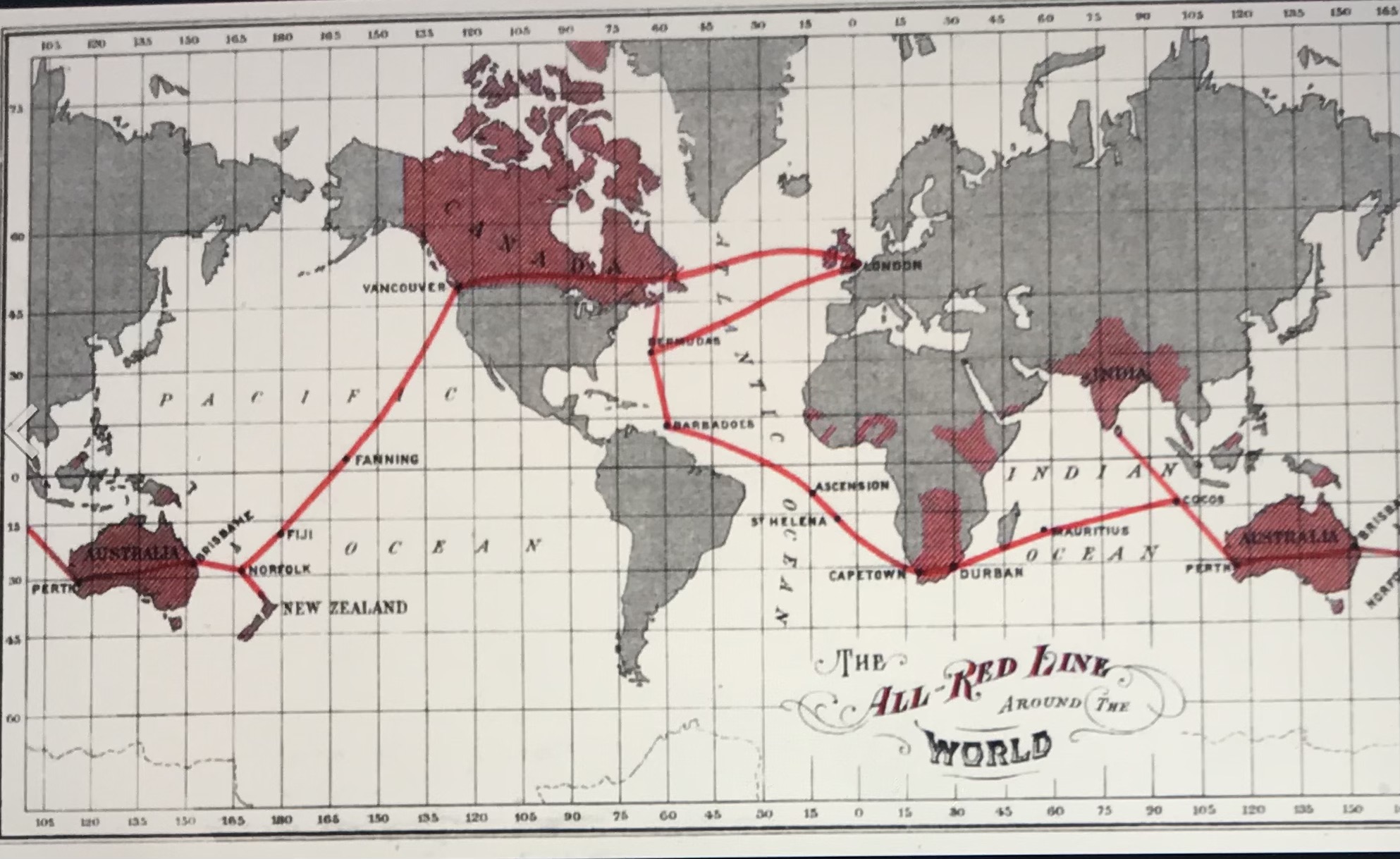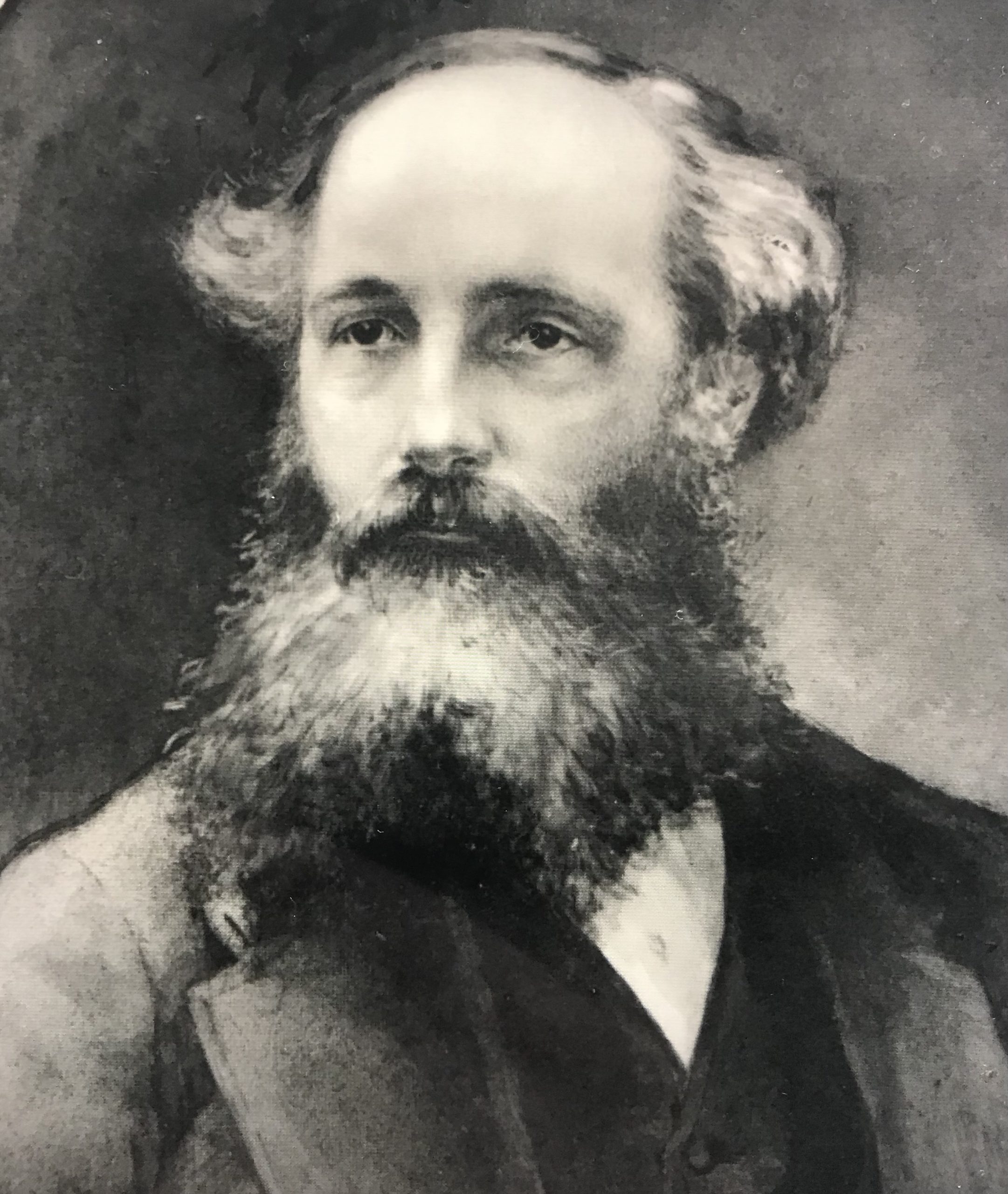Maxwell and the iPhone
James Clerk Maxwell (1831-1879) is little know today outside the academic disciple of physics. Yet the modern world owes almost everything to the work of this quiet 19th century Scottish scientist and physicist. Albert Einstein regarded Maxwell’s work as a step change in the way we understand the world, second only to the achievements of Issac Newton, and he might have added to Einstein himself.
Maxwell’s elaboration of the theory of electromagnetism made him the father of modern physics and led to the spectacular development of the uses of electricity, of international underwater cable communication, of radio, and of radar, of television, and of the now ubiquitous mobile cell-phone. Today’s instantaneous global communications via the iPhone rests in large part on the technological and scientific results of Maxwell’s work
Born at 14 India Street in the Georgian “New Town” of Edinburgh, where his father, a lawyer, had built a house. Maxwell’s family soon moved to Glenlair House on the Middelbie estate, near the village of Corsock in Dumfries-Galloway. Here his father added Maxwell to the family name Clerk as the Middelbie estate was inherited from a Maxwell ancestor. James Clerk Maxwell returned to Edinburgh in 1841 to attend the Edinburgh Academy as a day-boy (he stayed with his aunt Jane Cay at 31 Herriot Street).

Maxwell was a lonely lad at school, ridiculed for his country accent and called “Dafty” by his snooty Edinburgh class mates. But Maxwell’s curiosity, high intelligence, and love of experimentation, geometry, of light and color, and of astronomy, soon blossomed. He published his first scientific paper at the age of 14 on the mathematics of oval curves and eclipses.
He attended the University of Edinburgh, Cambridge University, and became a professor of natural philosophy at Marischel College in Aberdeen at the age of 25. When he was dismissed when the college merged, he moved to King’s College, London, where he was the professor of natural philosophy and astronomy. He returned to Scotland in 1865 following his father’s death living at Glenlair House. In 1871 he was appointed the first professor of Experimental Physics at Cambridge University were he was director for fifty years of the new Cavendish Laboratory.
The essence of Maxwell ‘s contribution was to unify the theories of magnetism, electricity, and light. Using four equations he described and quantified the relationship between electricity, magnetism, and the propagation of electromagnetic waves. These equations are known as the Maxwell’s equations.
Maxwell concluded that electricity, magnetism, and light, can be understood as aspects of a single phenomenon, electromagnetic waves. Among other achievements he invented the trichromatic process which is the basis of color photography, and he proved mathematically that the rings of Saturn were made up of numerous small particles. He was also a poet which is not surprising since the great Scottish poet, Robbie Burns, was a revenue collector in the area, and much of Maxwell’s poetry recalled Robbie Burns. My great uncle Maxwell had an original poem by Burns framed on his bedroom wall.
But like Sir Tim Berners-Lee and his invention of the internet, James Clerk Maxwell did not make a fortune from his scientific discoveries. His colleague did. Willy Thomson, later Lord Kelvin, patented telegraph instruments. Just as Mark Zuckerberg in 2004 exploited the commercial possibilities of Bernard- Lee’s creation of the internet when he founded Facebook and created a global money making empire.
Unsurprisingly, the British Empire then at its height during the 19th and early 20th centuries also took advantage of Maxwell’s scientific innovations in consolidating its imperial reach. Cable telegraphy took Maxwell theory of electromagnetic field to perfect the mass communications between the British imperial outposts. The first use of the underwater cables had taken place in 1853-1857 during the Crimean War. An underwater cable under the Black Sea from Varna to Balaclava was used to convey messages to London of military development on the Crimean peninsula. In 1857 the development of a telegraph link to India became urgent after it took 40 days for news of the “Indian mutiny”, (or “the first war of independence”), reached London. A perfunctory connection was only established in 1864.

Eventually the telegraphic cable connection was made from Cornwall via Carcavelos, Portugal, Gibraltar, Malta, Alexandria, .Cairo, and Suez, and on via Aden to Bombay (Mumbai). The connection was then made overland to Madras (Chennai), where it connected to Singapore, and Hongkong. At Singapore it met the Australian cable to Port Augusta in South Australia. In 1902 the British had established a network which joined and connected all the territories under British rule avoiding political and security risks. Since it joined all the territories then coloured red on world maps it was called the “All Red Line Around the World.”
The cabel telegraphy which underlay its success had resulted from Maxwell’s theory being applied by a group of young physicists an electrical engineers who took up his electromagnetic fields and confirmed it experimentally. Britain came not only to rule the waves in the 19th century, but also via the equations of James Clerk Maxwell, also inspired the underwater electromagnetic cable communications which allowed Britain (for a while) to rule the underwater telegraphic air waves as well.
My great grandfather Thomas Maxwell, emigrated from Dumfries in Scotland to Taunton, Somerset in the south-west of England in the 1840’s. Many of my distant relatives were laid to rest in the burial ground of the old Kirk at Dunscore in Dumfries. I can claim no direct family connection to James Clerk Maxwell but l am proud at least to share a family name. James Clerk Maxwell who was an evangelical Presbyterian is buried nearby at Parton Kirk In Dumfries-Galloway.

